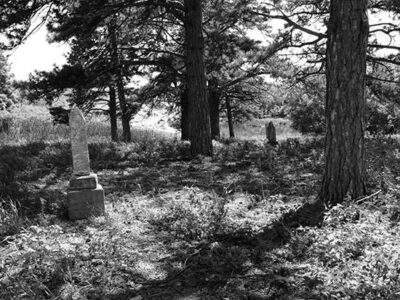Shrouded figures with glowing eyes. Lightning bolts, skulls, and swords. A panther, a Minotaur, crows, and lots of dragons. This might sound like the fantastical imagery of comic books and science fiction, but it’s actually the iconography of the United States military. Not the mainstream military, with its bars and ribbons and medals, but the secret or “black” projects world, which may or may not involve contacting aliens, building undetectable spy aircraft, and experimenting with explosives that could make atomic bombs look like firecrackers. Here, mysterious characters and cryptic symbols hint at intrigue much deeper than rank, company, and unit.
Writer Trevor Paglen started collecting the patch designs depicted in I Could Tell You but Then You Would Have to Be Destroyed By Me: Emblems from the Pentagon’s Black World (Melville House, 2007) when he was interviewing retired military men for a forthcoming book about secrecy and geography. He noticed that most of them had a room dedicated to military memorabilia, and one man urged him to pay attention to the symbolism in project patches.
“He told me that all the images are there for a reason,” Paglen says, and they have special meaning for the people who wear them. “There’s this weird language in these patches that says something not only about the programs that they’re working on but also about this culture.”
Paglen set to learning the language. A recurring motif of six stars, that is, five plus one, signifies Area 51, the black project base in Nevada. Lightning bolts often represent electronic warfare. Black backgrounds and images of nocturnal activity–owls, mushrooms–often refer, not so secretly, to secrecy itself.
Why make patches at all for projects whose very existence is supposed to be kept under wraps? “That’s the million-dollar question,” Paglen says–but he has a theory.
“Under the old tradition, you got a souvenir from work that you’d done,” he says. For example: “There’s a long tradition in flight tests of making souvenir patches and flying them up the first time a new airplane flies. They just never gave up those traditions.”
Not all the imagery in the patches is menacing at first glance. Cartoonlike characters and pop culture references, however, soon give way to more sinister implications. A smiley face with its mouth zipped shut bears the phrase “We make threats, not promises.” A skunk with a striking resemblance to Pepe le Pew shoots a lightning bolt from a boxlike device.
Paglen acknowledges that he’s a long way from decoding all these images, and he is certain that some of them will remain a mystery. While the patches shown in the book were never classified, the projects they represent are, and they are seldom declassified.
An exception is the National Reconnaissance Office, a space agency whose existence was declassified in 1992 and the source of Paglen’s favorite patch: a dragon with American flags on its extended wings, its tail coiled around a diamond and its claws clutching the globe.
“There’s this unbelievably raw imperial vision in that image,” he says.
Despite the military’s dark corners–or perhaps because of them–Paglen thinks we would all do well to pay closer attention to our country’s armed forces.
“It’s a very, very big part of American culture, and I think a lot of us who are not in the military think it’s something that it isn’t,” he says. “This society is really bifurcated, and the military is a part of that bifurcation, especially with the wars going on now. So it’s interesting to see this part of the country that you wouldn’t otherwise see.”
Captions:
He’s got the whole world in his claws: a program patch for the National Reconnaissance Office, a U.S. space agency whose existence was declassified in 1992. “Dragon” is a code name used in a reconnaissance satellite program.
The whirlwind character on this patch recalls the Tasmanian devil, a phonetic allusion to the TSSAM (Tri-Service Standoff Attack Missile) program.
If you have to ask what NOYFB stands for, then don’t: a patch for the 22nd Military Airlift Squadron at Travis Air Force Base in California, which sometimes delivered classified aircraft.
The first letters of the phrase “Nitwits, Rubes, Oafs” spell out NRO, the acronym for the National Reconnaissance Office. “Setec Astronomy” figures prominently in the 1992 film Sneakers, in which the phrase is an anagram for “too many secrets.”
Minotaur is a classified program undertaken by Lockheed Martin’s Advanced Development Programs Division, the Skunk Works.
The Vindicator was a highly classified 1980s project built by Lockheed Martin’s Skunk Works. This mascot for the program holds a laser used in an aircraft’s velocity indicator, or v-indicator.
This patch comes from an Air Force Special Projects Office that worked on the F-117A stealth fighter program. “Semper en Obscurus” means “Always in the Dark,” and the mushroom, which grows in darkness, symbolizes the office’s secrecy.











